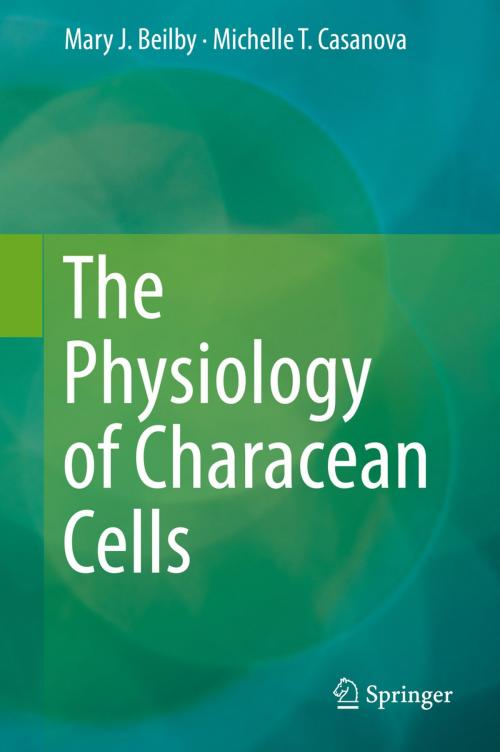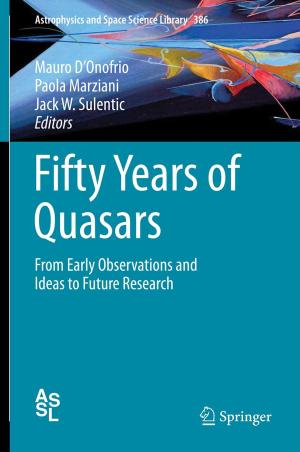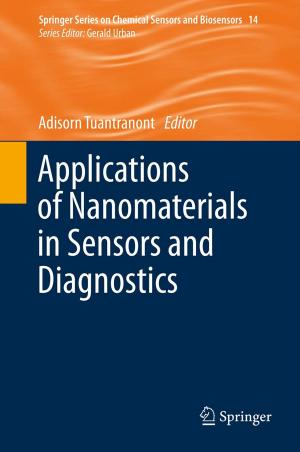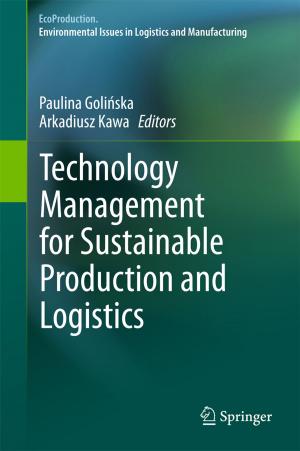The Physiology of Characean Cells
Nonfiction, Science & Nature, Science, Other Sciences, Molecular Biology, Biological Sciences, Botany| Author: | Michelle T. Casanova, Mary J. Beilby | ISBN: | 9783642402883 |
| Publisher: | Springer Berlin Heidelberg | Publication: | November 19, 2013 |
| Imprint: | Springer | Language: | English |
| Author: | Michelle T. Casanova, Mary J. Beilby |
| ISBN: | 9783642402883 |
| Publisher: | Springer Berlin Heidelberg |
| Publication: | November 19, 2013 |
| Imprint: | Springer |
| Language: | English |
This book describes the unique characean experimental system, which provides a simplified model for many aspects of the physiology, transport and electrophysiology of higher plants. The first chapter offers a thorough grounding in the morphology, taxonomy and ecology of Characeae plants. Research on characean detached cells in steady state is summarised in Chapter 2, and Chapter 3 covers characean detached cells subjected to calibrated and mostly abiotic types of stress: touch, wounding, voltage clamp to depolarised and hyperpolarised potential difference levels, osmotic and saline stress. Chapter 4 highlights cytoplasmic streaming, cell-to-cell transport, gravitropism, cell walls and the role of Characeae in phytoremediation. The book is intended for researchers and students using the characean system and will also serve as an invaluable reference resource for electrophysiologists working on higher plants.
This book describes the unique characean experimental system, which provides a simplified model for many aspects of the physiology, transport and electrophysiology of higher plants. The first chapter offers a thorough grounding in the morphology, taxonomy and ecology of Characeae plants. Research on characean detached cells in steady state is summarised in Chapter 2, and Chapter 3 covers characean detached cells subjected to calibrated and mostly abiotic types of stress: touch, wounding, voltage clamp to depolarised and hyperpolarised potential difference levels, osmotic and saline stress. Chapter 4 highlights cytoplasmic streaming, cell-to-cell transport, gravitropism, cell walls and the role of Characeae in phytoremediation. The book is intended for researchers and students using the characean system and will also serve as an invaluable reference resource for electrophysiologists working on higher plants.















